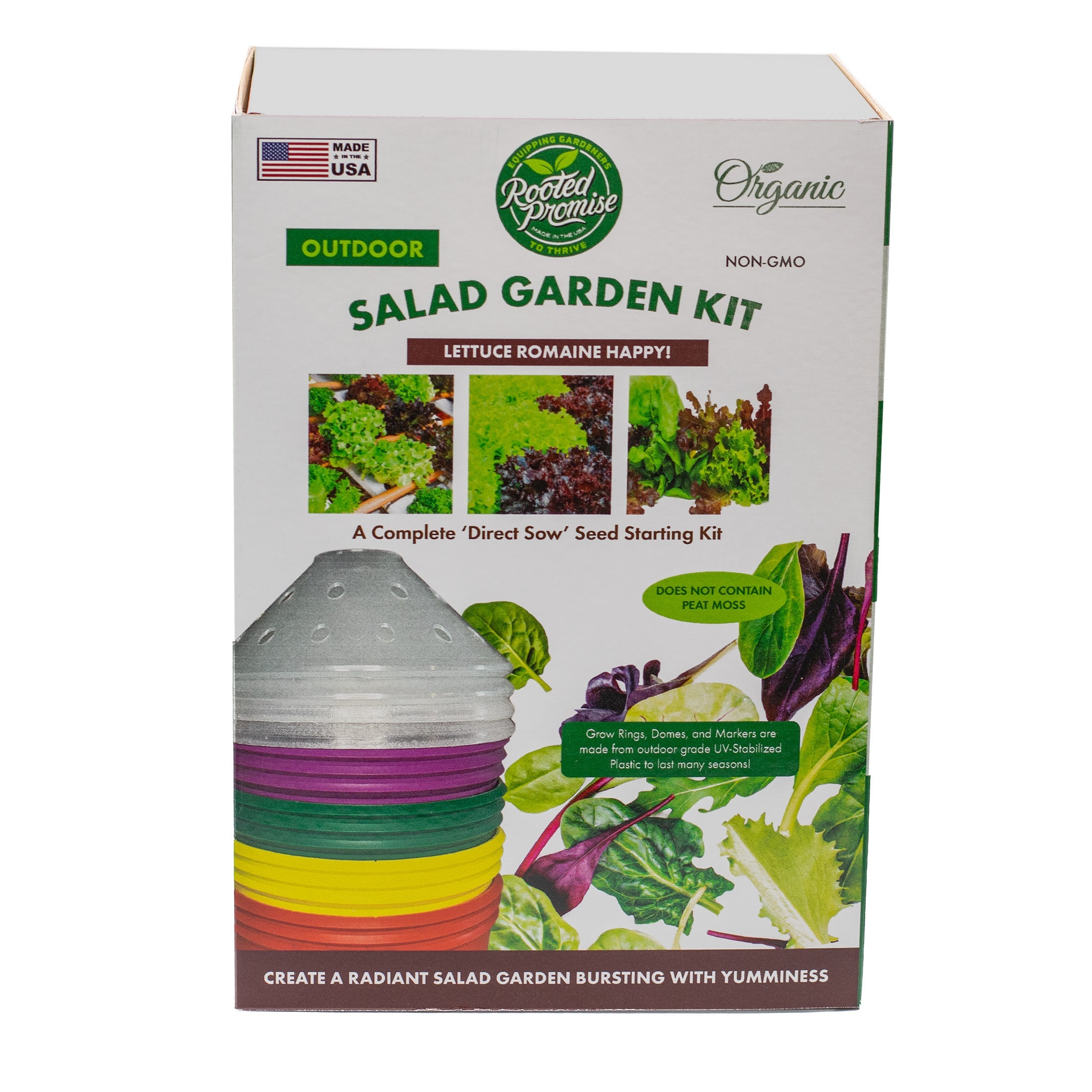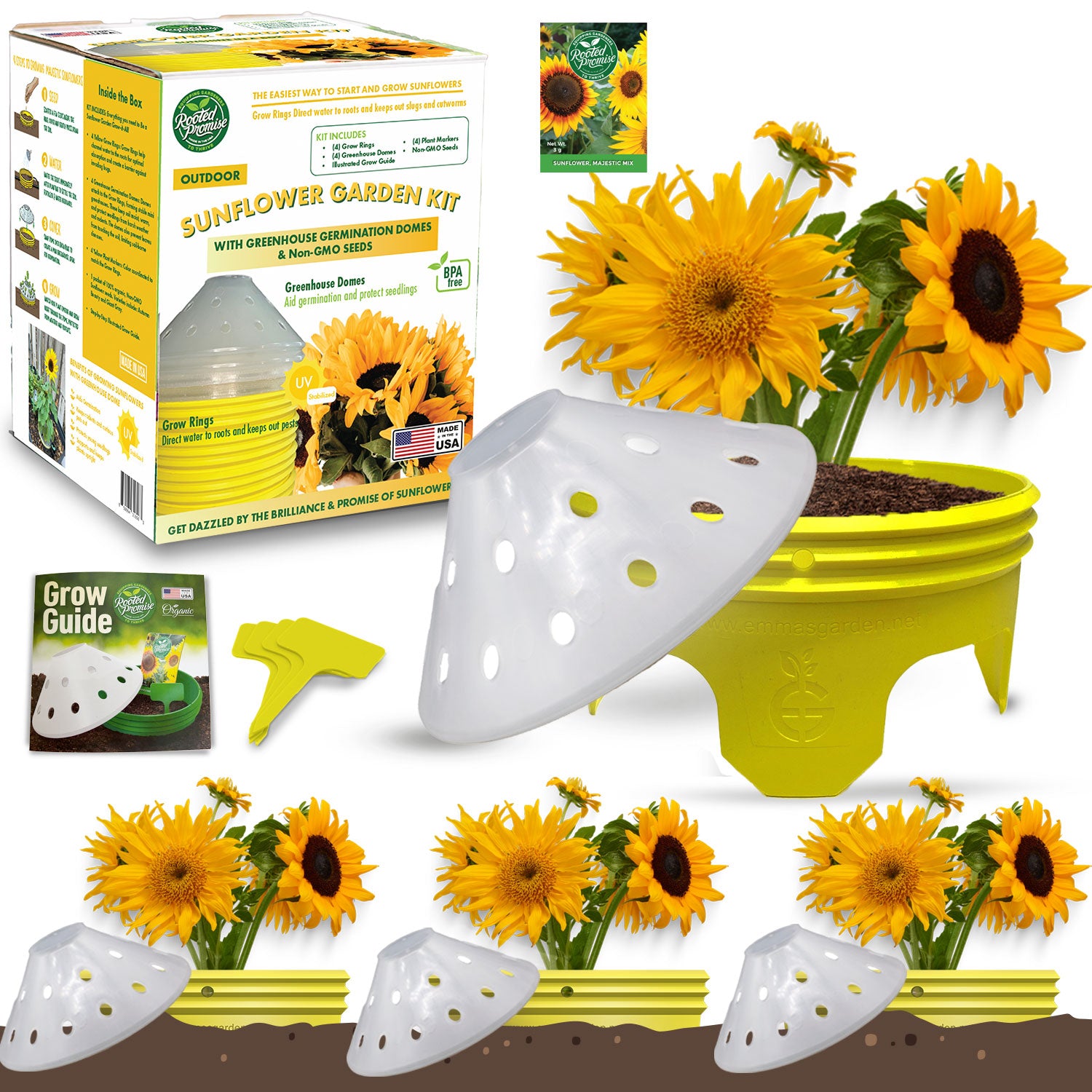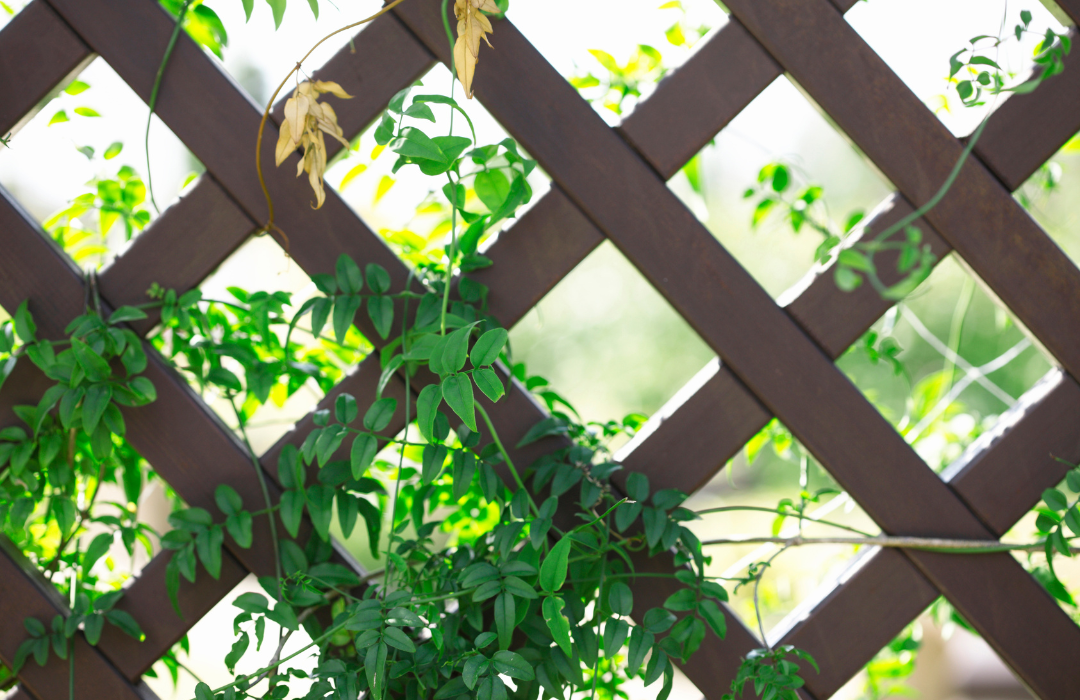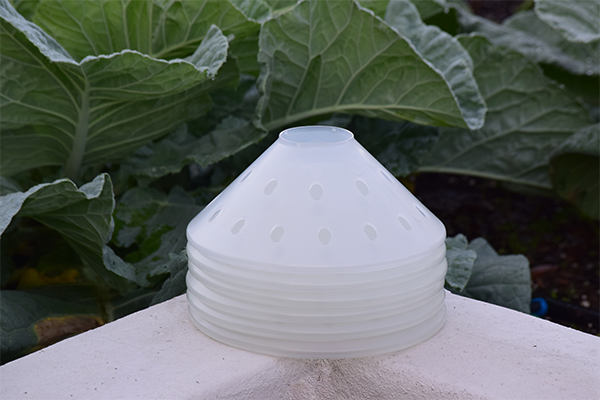Introduction
Ever found yourself puzzling over garden structures, wondering if your climbing roses are gracing a lattice or a trellis? You’re not alone! These two garden staples often get mixed up, but each brings its own flair and function to your green space. We’ll explore the unique features of lattices and trellises, revealing how each can enhance your garden’s beauty and structure.
Table of Contents
-
Understanding Lattices
-
Exploring Trellises
-
Comparative Analysis: Lattice vs. Trellis
-
Materials and Durability
-
Applications in Garden Design
-
Key Takeaways
-
Frequently Asked Questions (FAQs)
-
Conclusion
Understanding Lattices
A lattice is akin to a delicate lacework adorning your garden. It consists of an intricate grid pattern made from slats of wood or metal, creating a crisscross design that looks as if spun by a master weaver. Lattices are often used for creating boundaries, providing privacy, and serving as a stunning backdrop for climbing plants.
Types of Lattices
-
Wooden Lattices: Known for their rustic charm, wooden lattices are a favorite among traditional garden enthusiasts.
-
Metal Lattices: These offer durability and modern aesthetics, perfect for contemporary gardens.
-
Vinyl Lattices: Low maintenance and weather-resistant, vinyl lattices are ideal for those seeking long-term solutions.
Exploring Trellises
If a lattice is lacework, a trellis is more like the sturdy scaffold on which nature’s green architects build their edifices. Trellises are typically vertical structures designed to support climbing plants. They can be standalone features or part of a larger structure such as a fence or wall.
Types of Trellises
-
Wall-Mounted Trellises: Perfect for adding greenery to bare walls.
-
Freestanding Trellises: Versatile and can be placed anywhere in the garden.
-
Arched Trellises: Ideal for creating enchanting garden arches.
Comparative Analysis: Lattice vs. Trellis
Now that we have a clear understanding of each, let’s dissect their differences.
Functionality
Lattices primarily serve aesthetic and boundary-defining purposes, while trellises are built to support the weight and growth of climbing plants.
Design and Appearance
Lattices feature a grid-like pattern that offers partial visibility and ventilation. Trellises, on the other hand, come in various shapes and sizes, from simple straight lines to elaborate designs.
Materials and Durability
The choice of material significantly impacts the durability and appearance of both lattices and trellises. Let’s delve into the common materials used:
Wood
Wooden structures exude natural beauty but require regular maintenance to prevent rot and insect damage.
Metal
Metal options, such as wrought iron or aluminum, are highly durable but may need protection against rust.
Vinyl
Vinyl is low-maintenance and weather-resistant, offering longevity without much upkeep.
Applications in Garden Design
The application of lattices and trellises in garden design can transform your outdoor space into a paradise:
Lattices in Garden Design
-
Privacy Screens: Ideal for creating secluded areas within your garden.
-
Decorative Backdrops: Enhance visual appeal by using lattices as backdrops for flower beds.
Trellises in Garden Design
-
Plant Support: Essential for supporting climbing plants like roses and ivy.
-
Garden Focal Points: Create stunning focal points with arched or artistic trellises.
Key Takeaways
-
Lattices feature a grid-like pattern and serve primarily decorative purposes.
-
Trellises are structural supports designed for climbing plants.
-
The choice of material affects durability and maintenance requirements.
-
Both structures have unique applications in enhancing garden aesthetics and functionality.
Frequently Asked Questions (FAQs)
1. Can I use a lattice as a trellis?
While lattices can support some light climbing plants, they are not designed to bear heavy loads like trellises. For robust climbers, it’s best to opt for a trellis.
2. Which material is best for a lattice or trellis?
The best material depends on your needs. Wood offers natural beauty, metal provides durability, and vinyl requires minimal maintenance. Consider your garden's aesthetics and maintenance capacity before choosing.
3. How do I maintain my lattice or trellis?
Maintenance varies by material. Wooden structures need regular sealing or painting; metal may require rust protection; vinyl generally needs simple cleaning with soap and water.
Conclusion
Whether you choose a lattice or a trellis, understanding their differences and applications ensures you make the best decision for your garden’s story.











